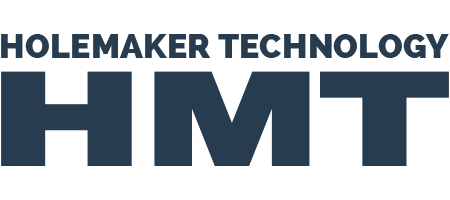Rivet Removal Technical Guidance
HMT have developed a unique range of Rivet Removal and Bridgework drilling products specifically designed to overcome the challenges faced by Contractors looking reduce or replace the need to use Rivet Busters.
The use of Structural Hot Rivets as a fastening method for Industrial Steelwork dates back to the early-mid 1800s when they were widely used in public civil engineering projects including bridges and railways.

The original Riveting process involved heating the Rivet red hot, then passing through precisely drilled holes, where the unformed end of the Rivet is hammered with a Pneumatic Riveting Gun to close the joint. As the Rivet cools in contracts and squeezes the joint tightly together.
Whilst Structural Rivets have proven themselves over the last 200 years as strong, reliable connections, the passing of time and the effects of the weather have inevitably taken a toll and the repair and maintenance of Riveted structures is now a huge industry in its own right. These Rivet were designed to be a permanent method of fastening and not intended for removal, presenting signifcant challenges to Steelwork and Bridge contractors needing to repair, upgrade and replace the original steelwork involving the replacement of the Rivets with modern structural fasteners.

To tackle the specialist task of removing hot rivets before repairs can be undertaken, pneumatic Rivet Busters have traditionally been used. Whilst Rivet Busters can be a very effective solution in the hands of skilled operatives, there are multiple hazards and downsides associated with their use which safety concious contractors are looking to address.

Rivet Busters
In the section linked below we take a more in-depth look at Rivet busters, their advantages and disadvantages and their impact on Hand Arm Vibration Syndrome (HAVs) for those using them.

Safer Drilling Methods
With an increasing awareness of SH&E implications on the job site, safety conscious contractors are increasingly seeking alternative methods to replace or reduce the need for Rivet Busters.
HMT have developed a unique range of safer Rivet Removal products specifically designed to overcome these challenges.

Drilling Structural Rivets
Numerous advantages are gained by drilling rather than 'busting' rivets including increased speed of working, improved safety, easier access and no requirement for heavy and dangerous compressed air systems.
Click below to see a step-by-step process guide to drilling rivets.
